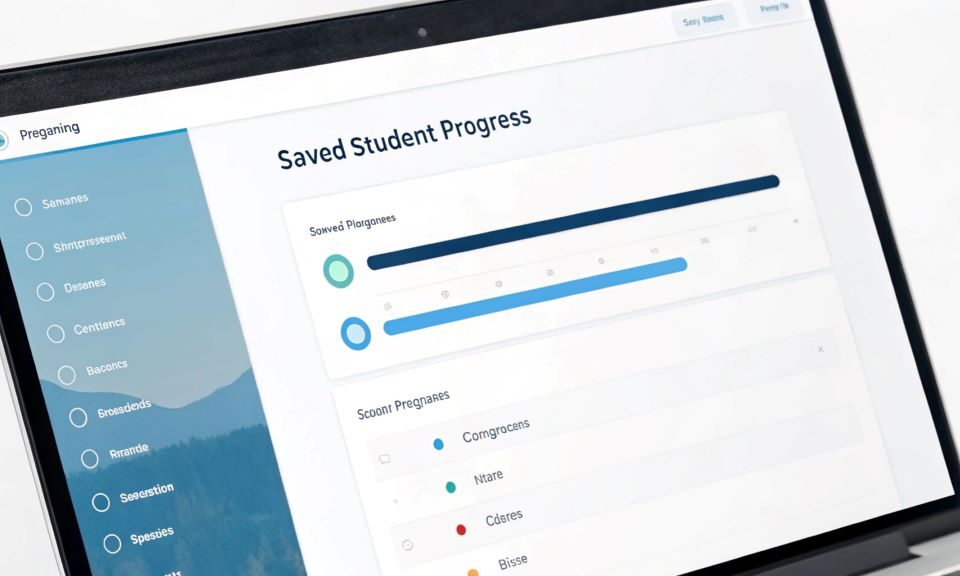Top AI Tools Revolutionizing Education in 2025

Miami Property & Lifestyle – Homes, Community & Living Tips
July 2, 2025
Upgrade Your Gear: DACs, Amps and Cables Overview
July 2, 2025The landscape of education is evolving rapidly in 2025, largely due to the infusion of artificial intelligence. Schools, universities, and online platforms now harness powerful AI tools to personalize learning, improve engagement, and streamline administrative tasks. This article explores the top AI tools revolutionizing education in 2025, backed by data, real-world examples, and expert insights.
Table of Contents
TogglePersonalized Learning with Adaptive AI Platforms
One of the biggest game changers in education is the rise of adaptive learning platforms powered by AI. These systems analyze students’ strengths, weaknesses, and learning styles in real time. For example, tools like DreamBox Learning and Knewton tailor math and science lessons to each student’s pace and needs. Research shows adaptive learning increases student retention rates by over 30%, according to a study published by EDUCAUSE Review.
Such personalization not only enhances understanding but also keeps students motivated. When learners engage with content suited to their level, frustration drops and curiosity soars. Therefore, adaptive AI platforms serve as indispensable allies for both teachers and students.
AI-Driven Content Creation and Assessment
Educators often struggle with creating engaging materials and grading large volumes of assignments. Enter AI-powered content generators like Socratic by Google and Quizlet, which automatically produce quizzes, flashcards, and interactive exercises. These tools save teachers time and allow for rapid content updates to keep pace with changing curricula.
Moreover, AI-assisted grading systems provide faster and consistent evaluations, especially for objective tests and essays. According to the Brookings Institution, automated grading tools can reduce grading time by up to 50%, freeing educators to focus on personalized instruction.
However, critics argue that AI grading lacks the nuance of human judgment. The ideal approach combines AI’s efficiency with teacher oversight, ensuring fairness and accuracy.
Virtual Tutors and Chatbots Enhancing Student Support
Virtual AI tutors and chatbots have emerged as round-the-clock educational assistants. For example, IBM Watson Tutor uses natural language processing to answer student queries instantly, mimicking one-on-one tutoring. These bots help students review material, clarify doubts, and reinforce learning without waiting for teacher availability.
Research from the Journal of Educational Computing Research highlights that AI tutors can increase student engagement by 25%. Students appreciate immediate feedback, especially in large online courses where personalized attention is limited.
Nonetheless, AI tutors work best as supplements, not replacements, for human educators. The emotional intelligence and mentorship that teachers provide remain irreplaceable.
Data Analytics for Predicting Student Performance
AI tools also harness big data to identify students at risk of falling behind. Platforms like Civitas Learning analyze attendance, grades, and behavior patterns to predict dropout risks or academic struggles. Early identification enables targeted interventions, potentially improving graduation rates.
Statistics from the National Center for Education Statistics show that predictive analytics have helped institutions reduce dropout rates by nearly 15%. Therefore, data-driven insights empower schools to allocate resources efficiently and boost student success.
Immersive Learning with AI and AR/VR Integration
AI combines powerfully with augmented reality (AR) and virtual reality (VR) to create immersive educational experiences. Platforms like zSpace offer interactive 3D simulations in biology and engineering, enhancing conceptual understanding.
Studies reveal that immersive learning boosts retention by up to 75% compared to traditional lectures, according to PwC research. These tools engage multiple senses, making abstract concepts tangible and memorable.
Additionally, AI algorithms customize AR/VR scenarios based on learner progress, making education more dynamic and impactful.
Addressing Accessibility with AI Assistive Technologies
AI technologies also revolutionize education for students with disabilities. Tools such as Microsoft’s Immersive Reader and Otter.ai provide speech-to-text, text-to-speech, and language translation services. These assistive features promote inclusivity and ensure all learners receive equal opportunities.
The World Health Organization estimates that over 15% of the global population lives with some form of disability. AI’s role in creating adaptive and accessible educational environments is therefore critical in promoting equity.
Challenges and Ethical Considerations
Despite the promise, AI integration in education faces challenges. Privacy concerns around data collection and algorithm transparency persist. Educators worry about AI replacing jobs or fostering biases. Experts advocate for ethical AI development, emphasizing transparency, fairness, and ongoing human oversight.
Schools must also invest in teacher training to effectively utilize AI tools. Without proper guidance, even the best technology can fall short of its potential.
Conclusion: The Future Is Now
The “Top AI Tools Revolutionizing Education in 2025” demonstrate how intelligent systems personalize learning, improve efficiency, and create immersive experiences. However, successful integration depends on balancing AI’s capabilities with human wisdom and ethical standards.
As educational institutions adopt these tools, the future promises more engaging, inclusive, and effective learning environments. Embracing AI thoughtfully will unlock unparalleled potential for students and educators alike.
FAQs
- What are the top AI tools revolutionizing education in 2025?
Key tools include adaptive learning platforms like DreamBox, AI tutors such as IBM Watson Tutor, content generators like Quizlet, and data analytics platforms like Civitas Learning. - How does AI personalize learning?
AI analyzes individual student data to tailor lessons, pace, and content, improving engagement and retention. - Are AI grading tools reliable?
AI grading tools offer speed and consistency but work best alongside human teacher evaluations to maintain fairness. - Can AI replace teachers?
No, AI supports teachers by automating routine tasks but cannot replace human mentorship and emotional support. - How does AI improve accessibility in education?
AI-powered assistive tech offers speech-to-text, translations, and customized learning for students with disabilities. - What ethical concerns exist around AI in education?
Privacy, data security, algorithm bias, and job displacement are key concerns requiring transparency and regulation. - How do AI and AR/VR enhance learning experiences?
They create immersive, interactive lessons that improve understanding and retention by engaging multiple senses.
Read More:
The Intriguing Case of the Reverse-Spelled Number





